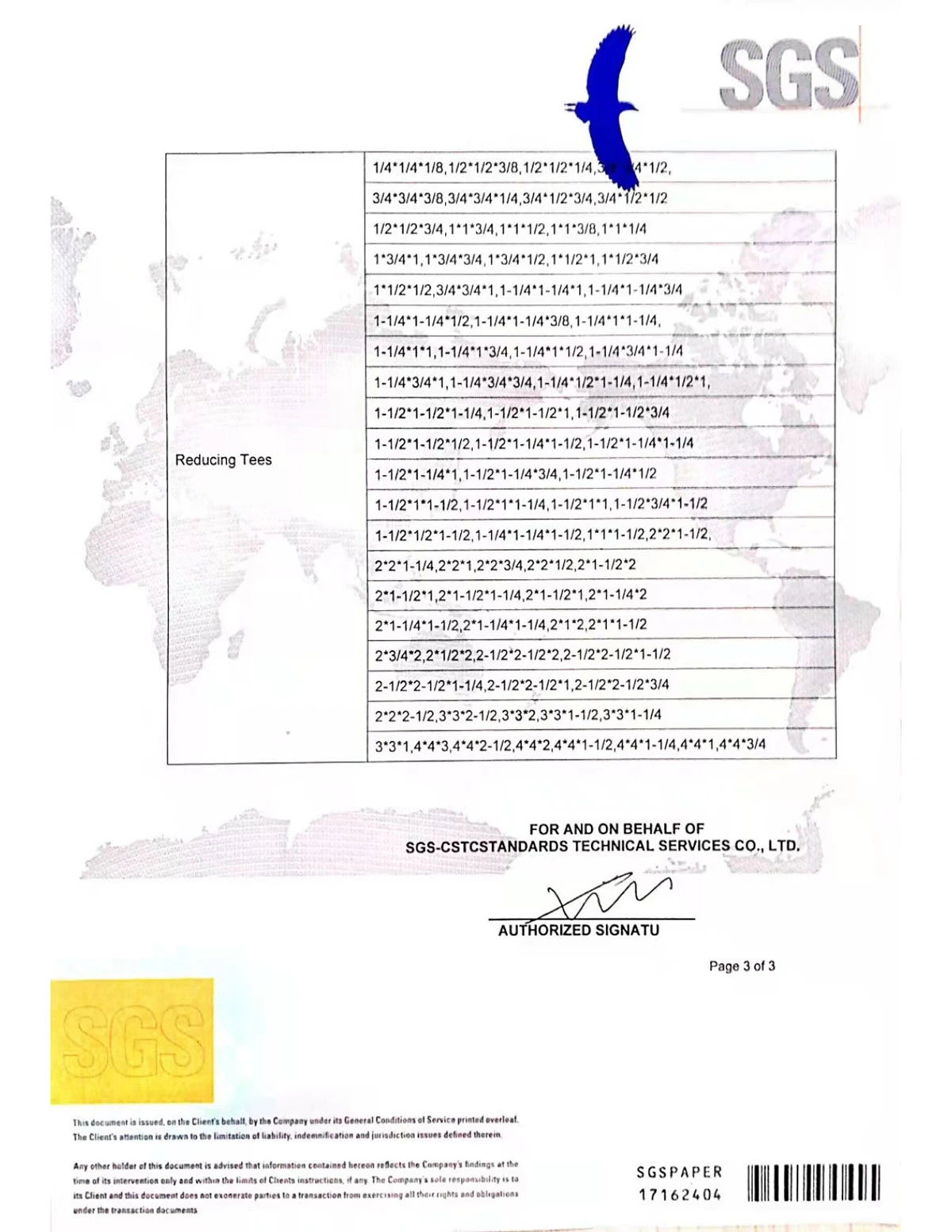Plumbing fittings are an essential component of any plumbing system, bridging pipes, regulating flow, and accommodating various plumbing configurations. Recognizing the different types available is not merely a necessity for plumbers but also for anyone involved in renovation or construction projects seeking to optimize their systems for reliability and efficiency.

Copper and Brass Fittings
These are traditional choices with a track record of enduring performance. Copper fittings, known for their corrosion resistance and durability, remain a favorite, particularly in systems where temperatures and pressures are high. Brass fittings, an alloy essentially composed of copper and zinc, offer similar benefits but with enhanced malleability, making them suitable for more complex configurations. They are resistant to rust, which extends system longevity and reduces maintenance frequency.
PVC and CPVC Fittings
Polyvinyl chloride (PVC) and chlorinated polyvinyl chloride (CPVC) fittings cater to those in need of affordable and efficient plumbing solutions. PVC is widely used in drain-waste-vent (DWV) systems while CPVC is more suited for hot water lines due to its higher temperature tolerance. Their lightweight nature helps streamline installation processes, and their inert nature ensures no leaching of metals into drinking water, maintaining purity and safety.

Stainless Steel Fittings
For those prioritizing strength and a long service life, stainless steel fittings offer unparalleled benefits. These components resist corrosion and withstand high and low temperature environments excellently, making them ideal for commercial applications. However, they come at a higher cost, which reflects their premium quality and resilience, ensuring reliability in critical systems.
Galvanized Fittings
These are steel or iron fittings coated with a protective layer of zinc, specifically to prevent rust and corrosion. Historically favored for outdoor applications,
galvanized fittings have been used extensively in water supply lines. Despite their durability, potential concerns over zinc coating slowly leaching out mean they are now less commonly utilized in potable water systems.
PEX Fittings
Cross-linked polyethylene (PEX) fittings stand out due to their flexibility, making them simple to install even in less accessible areas. Designed for use with PEX tubing, these fittings accommodate both hot and cold water systems, and their ability to expand ensures robustness against bursting even under temperature variation. The quick assembly process and affordability render them a popular choice in residential settings.
plumbing fittings types
Cast Iron Fittings
While not as commonly used in new installations, cast iron fittings still hold significance due to their noise dampening qualities and robust structure, widely seen in older buildings for sewer and drain applications. They offer excellent resistance to abrasion and thermal expansion, which makes them favorable for systems dealing with noxious gases and large volumes of waste.
Compression Fittings
Ideal for quick repairs, compression fittings deliver a reliable seal without a need for soldering, threading, or flaring. This makes them especially appealing for DIY projects where minimizing professional intervention is desired. These fittings are used primarily in low-pressure applications such as domestic water lines, ensuring an efficient, watertight seal.
Push-Fit Fittings
Revolutionizing the plumbing industry, push-fit fittings have minimized installation time substantially. These fittings accommodate various pipe materials – copper, CPVC, and PEX – without need for additional tools or solder. Their versatility and ease of use are their biggest attributes, particularly favorable in repair jobs and emergency situations.
Barbed Fittings
In systems utilizing flexible tubing, barbed fittings provide a reliable solution by offering a secure grip. Used predominantly in irrigation and in systems with low-pressure requirements, these fittings ensure that the tubing remains fastened securely, preventing leakages and potential system failures.
Whether you’re designing a new plumbing system or upgrading an existing one, understanding the range of fittings available ensures that your project parameters can prioritize durability, cost-effectiveness, and suitability for your specific water flow needs. This expert knowledge underlines the importance of selecting the right plumbing fittings, ensuring system integrity while optimizing both time and cost in your projects.
Post time:
Jan-22-2025











